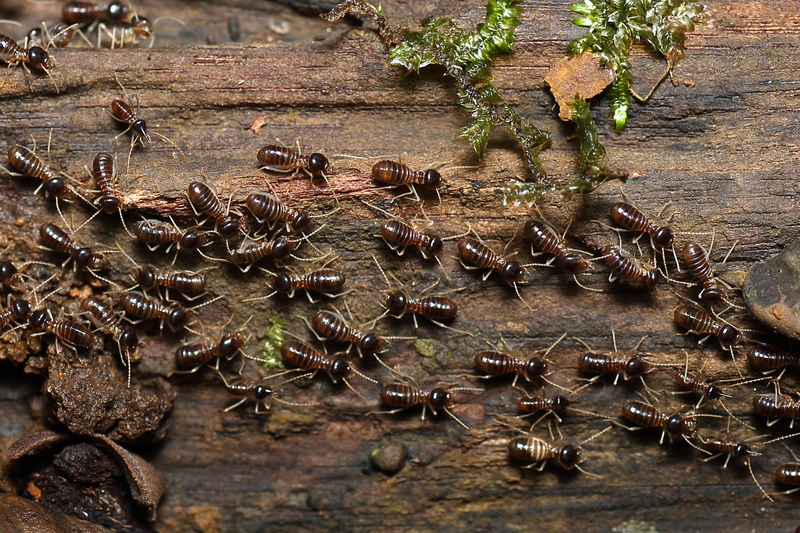A survival situation will make you willingly do things you might not ordinarily consider.
Eating bugs is just one of the many things you probably would consider if the situation got desperate enough.
It is important to avoid eating adult insects that bite or sting. Brightly colored bugs are not a good idea for dinner. Hairy insects should be avoided.
Spiders and flies frequently carry disease, so they should be avoided as food, too. Ticks are not fit for consumption. Caterpillars and mosquitoes do not make a great meal, either.
You can scavenge for insects near rotting logs. This is an excellent place to find termites, ants, grubs, and beetles. Insect nests that are in or on the ground are great places to locate food for survival. Insect larvae may also be eaten, if available in your area.
Insects with hard shells often have parasites. Remove barbed legs or wings before cooking these bugs. Mashing the insects into a paste may be helpful.
Mix the paste with edible plants to help improve the taste. Some people find that preparing the insects in this manner helps to overcome the mental stigma associated with eating insects.
Experiment with the insects around you. All bugs will taste differently. Ants may have a sweet taste to them. Wood grubs are rather bland. The flavor from each bug will vary considerably.
If several varieties of insects are abundant nearby, try some of each. Possibly one species in the variety will be more palatable than another.
Here is to hoping none of us ever have to resort to eating insects for sustenance (except for you freaks who like that stuff.)
If you find yourself in a survival situation where food is scarce, however, insects are the most abundant life form on our planet.
To learn more about eating insects, check out the Survival Times!
